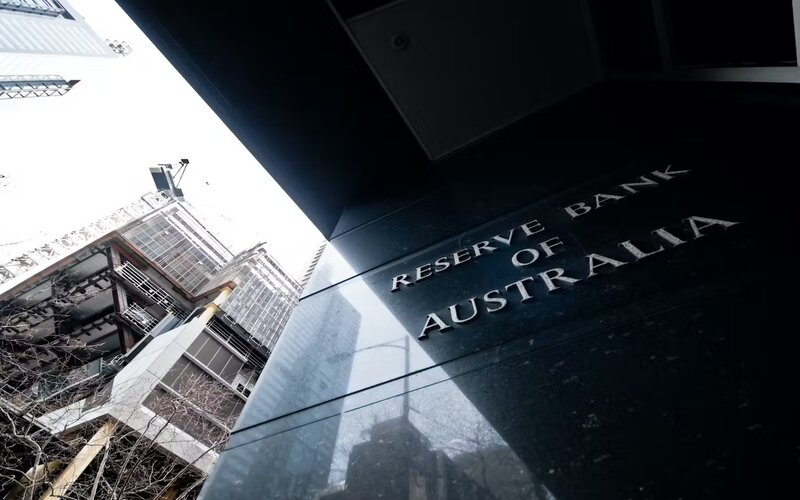The findings released Thursday come following the first review or overhaul into Australia’s central bank in around 25 years, targeting the RBA’s objectives, interaction between monetary, fiscal and macroprudential policy and the RBA’s operations as a whole.
The noise has been growing louder for change at the RBA, following critique that the RBA overstimulated the economy throughout the pandemic years, yet more recently implementing the most significant period of monetary policy tightening in Australia since the early 1990s.
Under the 51 recommendations made by the review, the RBA will adopt a dual board system to better resemble an institution, similar in respect to other advanced economy central banks such as the Bank of Canada and Bank of England.
Federal Treasurer Jim Chalmers said the Review, its recommendations and the Government’s response, are all about ensuring the Reserve Bank has the best frameworks, objectives, processes and expertise moving forward.
“Australia faces a complex and rapidly changing environment, and we need the most effective central bank and monetary policy framework to meet current and future economic challenges,” Dr Chalmers said.
“The Review found that the RBA is a well‑regarded institution, with high quality staff, that has served Australia well.
“It found that Australia’s monetary policy framework has contributed to good economic outcomes over the past three decades but identified a number of opportunities to strengthen it.”
These opportunities were flagged by the review to be implemented from 1 July 2024 or later to allow the Government to develop and consult on Bills to put to Parliament and the transition arrangements for the changes to the composition of the RBA’s Boards.
What does a second RBA Board mean?
One of the key recommendations of the ‘RBA Fit For The Future’ review is the establishment of separate boards for monetary policy and governance of the RBA.
This means that one board will be tasked with setting the cash rate, while the other separate board will oversee the governance and operations of the RBA.
In outlining why, the review detailed that the Monetary Policy Board should have a clear focus on policy decision making, with no broader organisational role.
“The oversight of management and corporate governance should be the responsibility of a separate body,” the review read.
“This reinforces other recommendations to create more opportunities for challenge and debate on policy among decision makers.
“A clear and narrow set of responsibilities fosters accountability. In addition, this change resolves the current uncertainty about the Reserve Bank Board’s responsibilities regarding broader corporate governance, which has been interpreted by the Reserve Bank Board in different ways over time.”
As a result of the review, the new Monetary Policy Board would meet eight times per year as opposed to the current 11, ending the cycle of monthly cash rate decisions and bringing the RBA in line with the US Federal Reserve.
The US Federal Reserve's FOMC or 'Federal Open Market Committee' meets about once every six weeks to determine its own cash rate.
Speaking Thursday, RBA Governor Dr Philip Lowe said there is a great deal of public visibility of, and commentary about, its monetary policy decisions, but there is much less oversight as to much control the Governor wields.
“From a number of perspectives, current oversight arrangements fall short of contemporary standards. The proposed changes would address this and help the Governor manage the Bank and its many functions,” Dr Lowe said.
“The establishment of these two boards will require changes to the Reserve Bank Act, which is a matter for the Australian Government and Parliament.
“You would have already heard that the Treasurer intends to proceed with these changes. We will work constructively with the Government and Parliament with the aim of ensuring that any changes to legislation are effective in achieving their objectives.”
Composition of the RBA not up to scratch
The review noted the composition of the RBA Board and decision making processes have not sufficiently enabled it to shape policy decisions, strategy, and the RBA’s underlying analysis and judgements.
“The Reserve Bank Board’s composition and processes do not enable it to sufficiently scrutinise or challenge the RBA’s underlying economic and financial judgements or policy advice,” the review read.
“There is limited information available to the public about the factors driving the Board’s decisions, or how alternative viewpoints or policy options are weighed. Accountability mechanisms for individual Board members are lacking.”
The review proposes that the RBA boost the number of external members across the proposed Monetary Policy Board and Governance Board to increase the number of external Board members from six on the current Board to 11 across the two Boards.
“The focus on expertise should not be interpreted to mean that the Review is recommending a purely academic Monetary Policy Board; it is not, although it would very likely mean more academic expertise than is currently on the Reserve Bank Board,” the review read.
“Senior executives are at times openly dismissive of views offered by academics in academic panel discussions.
“The Review believes the RBA should develop a new research strategy and refreshed research agenda, overseen by the Monetary Policy Board, that leverages external collaboration. This would enhance the value of research as an input into policy deliberations.”
Clearer Monetary Policy
The review detailed clearer monetary policy is required to affirm the RBA’s independence and clarify its statutory monetary policy objectives as well as keep a flexible inflation targeting framework but clarify how it operates.
“The Government should amend the Reserve Bank Act 1959 such that the RBA has dual monetary policy objectives of price stability and full employment,” the review read.
“The ‘economic prosperity and welfare of the people of Australia now and in the future’ is an overarching purpose for the RBA rather than a separate objective for monetary policy.
“Equal consideration should be given to price stability and full employment in setting monetary policy.”
Further, the review details that Monetary Policy processes should be more transparent, with press conferences after each meeting, papers published after five years, and Board members occasionally speaking publicly about the work of the Board.
WLTH CEO Brodie Haupt said for everyday Aussies under the new recommendations, public press conferences will be held after each decision, which is a win for Aussies who want to be better informed about the factors influencing eco policy and the impact on their own finances.
"This presents an opportunity to reset the viewpoints of the current RBA structure and reassess the power it holds over the financial well-being of everyday Australians," Mr Haupt said.
"Having a panel of monetary policy experts at the helm of the RBA will better equip the board to navigate emerging challenges, such as the rise of cryptocurrencies and the potential creation of a central bank digital coin, ensuring that Australia's monetary policy remains effective and relevant in an increasingly digital age."
Advertisement
Buying a home or looking to refinance? The table below features home loans with some of the lowest interest rates on the market for owner occupiers.
Image by Shutterstock







 Denise Raward
Denise Raward

 Harry O'Sullivan
Harry O'Sullivan
 Harrison Astbury
Harrison Astbury
 Brooke Cooper
Brooke Cooper

